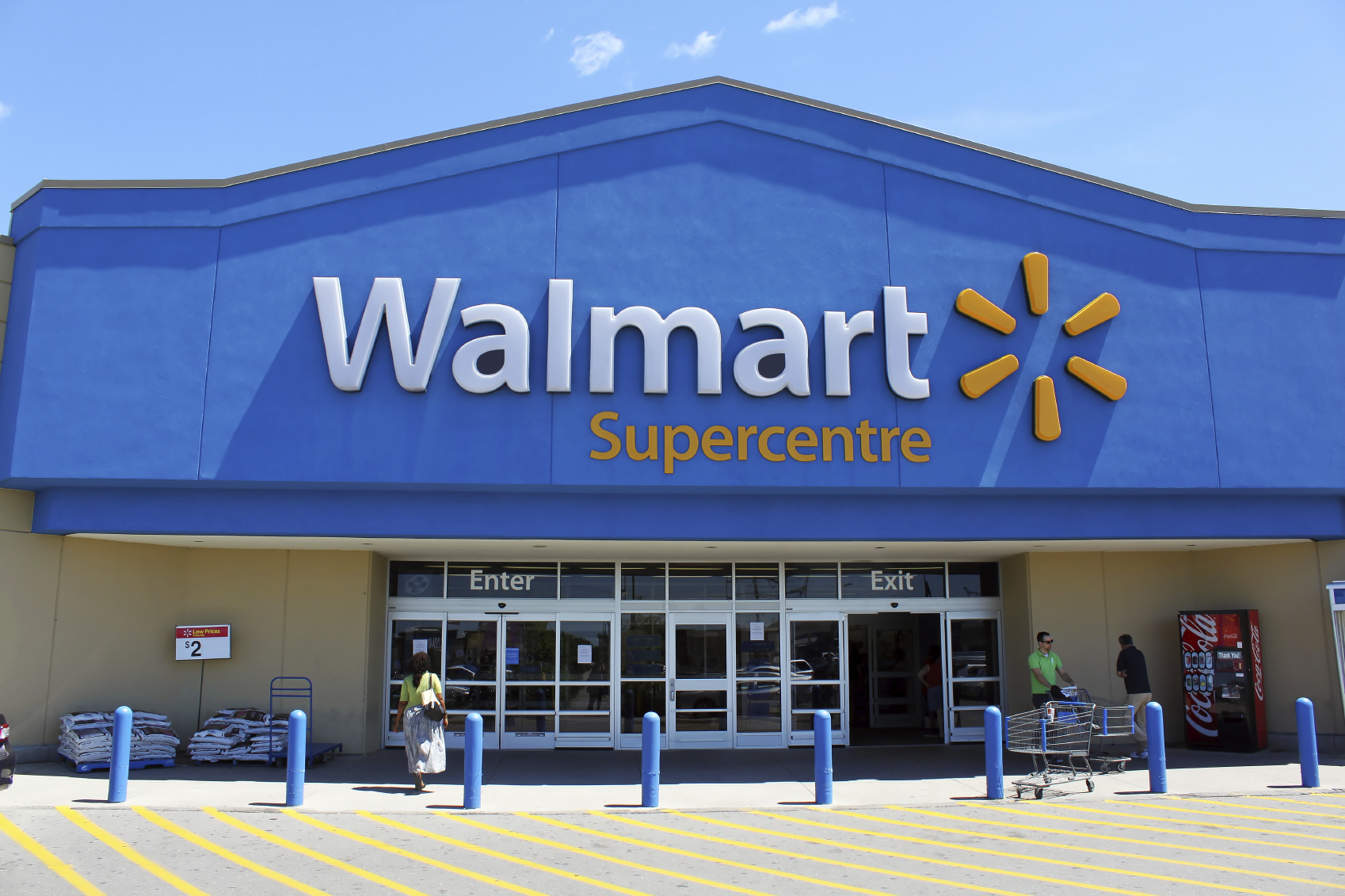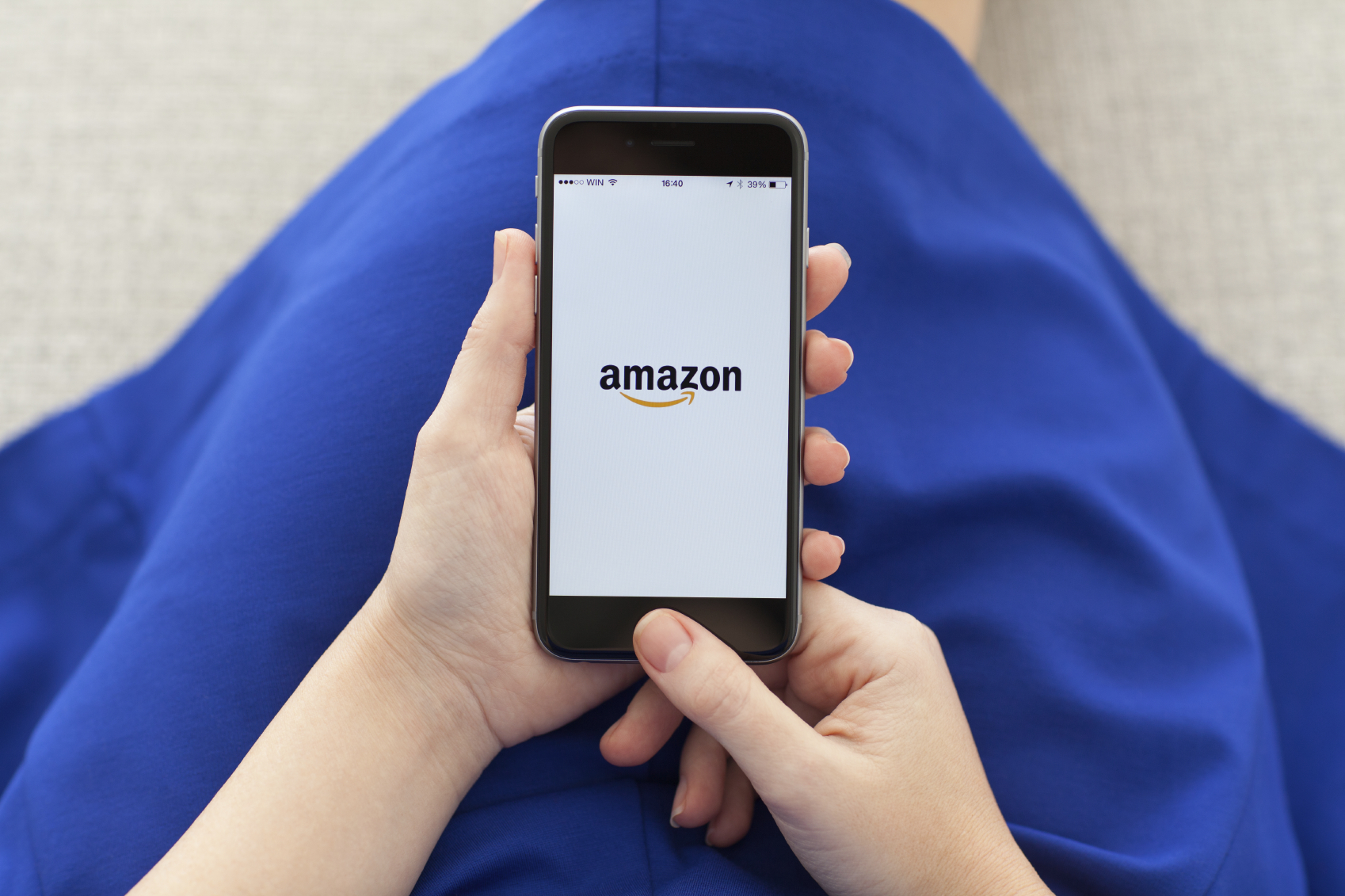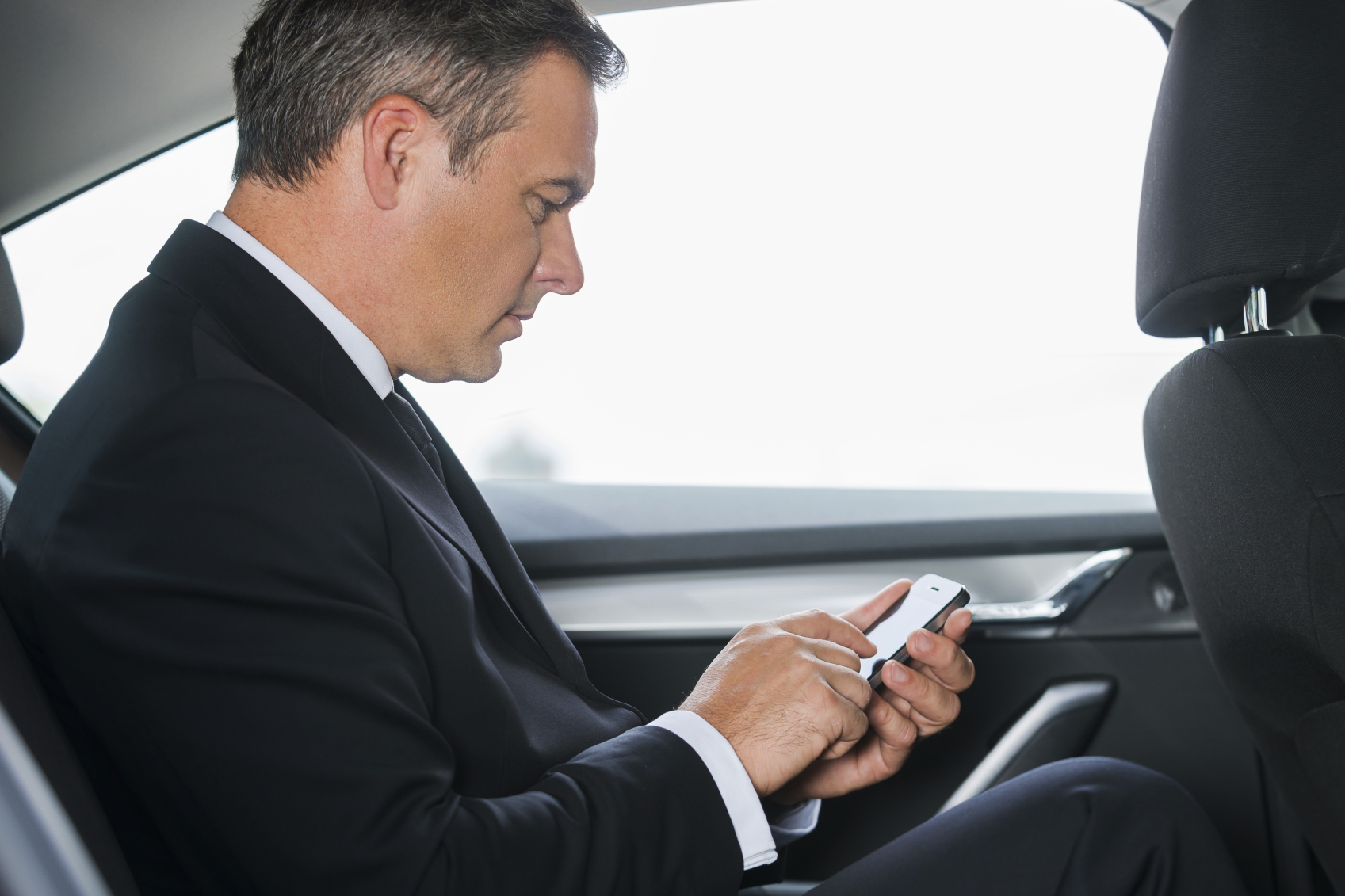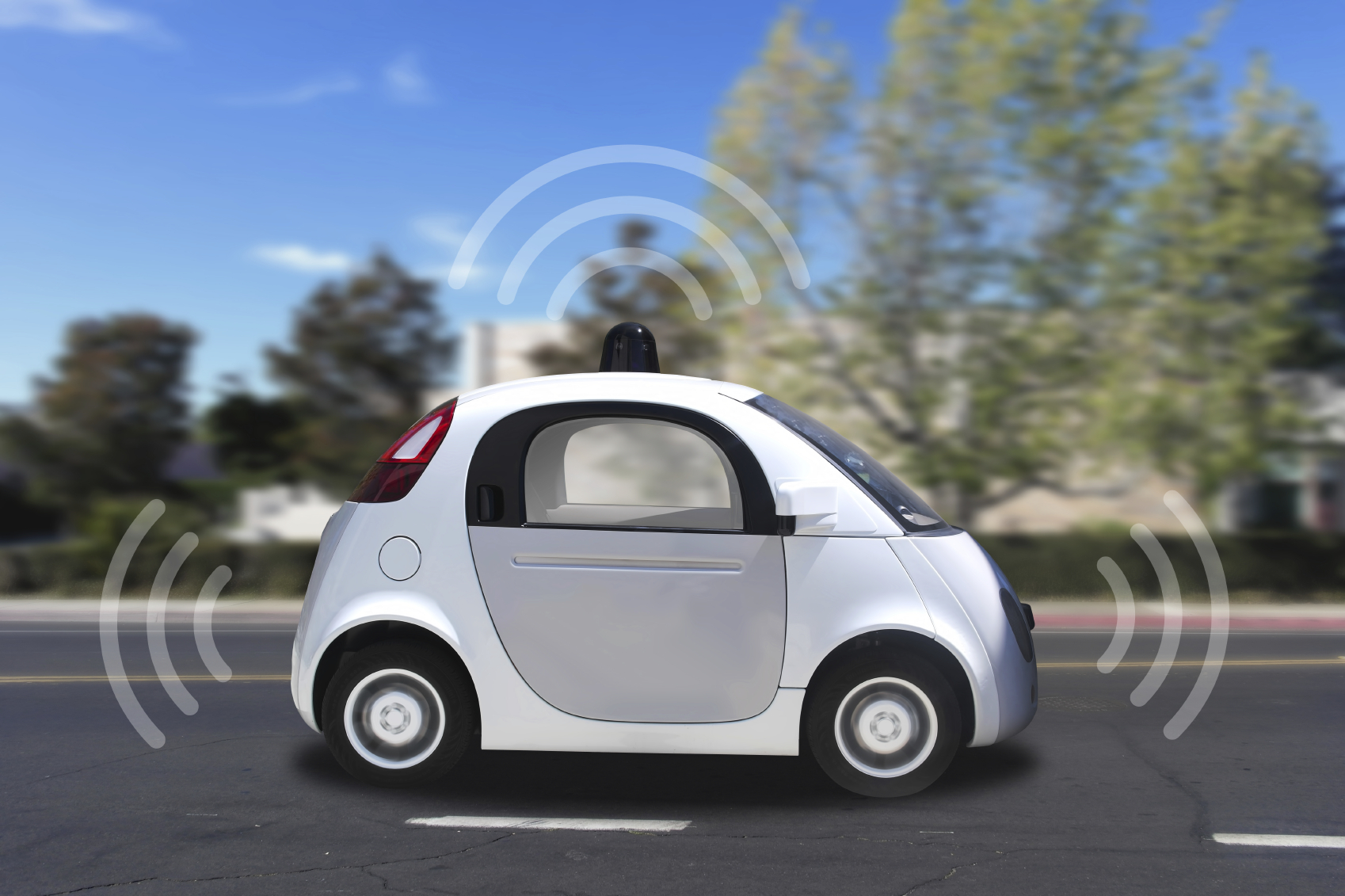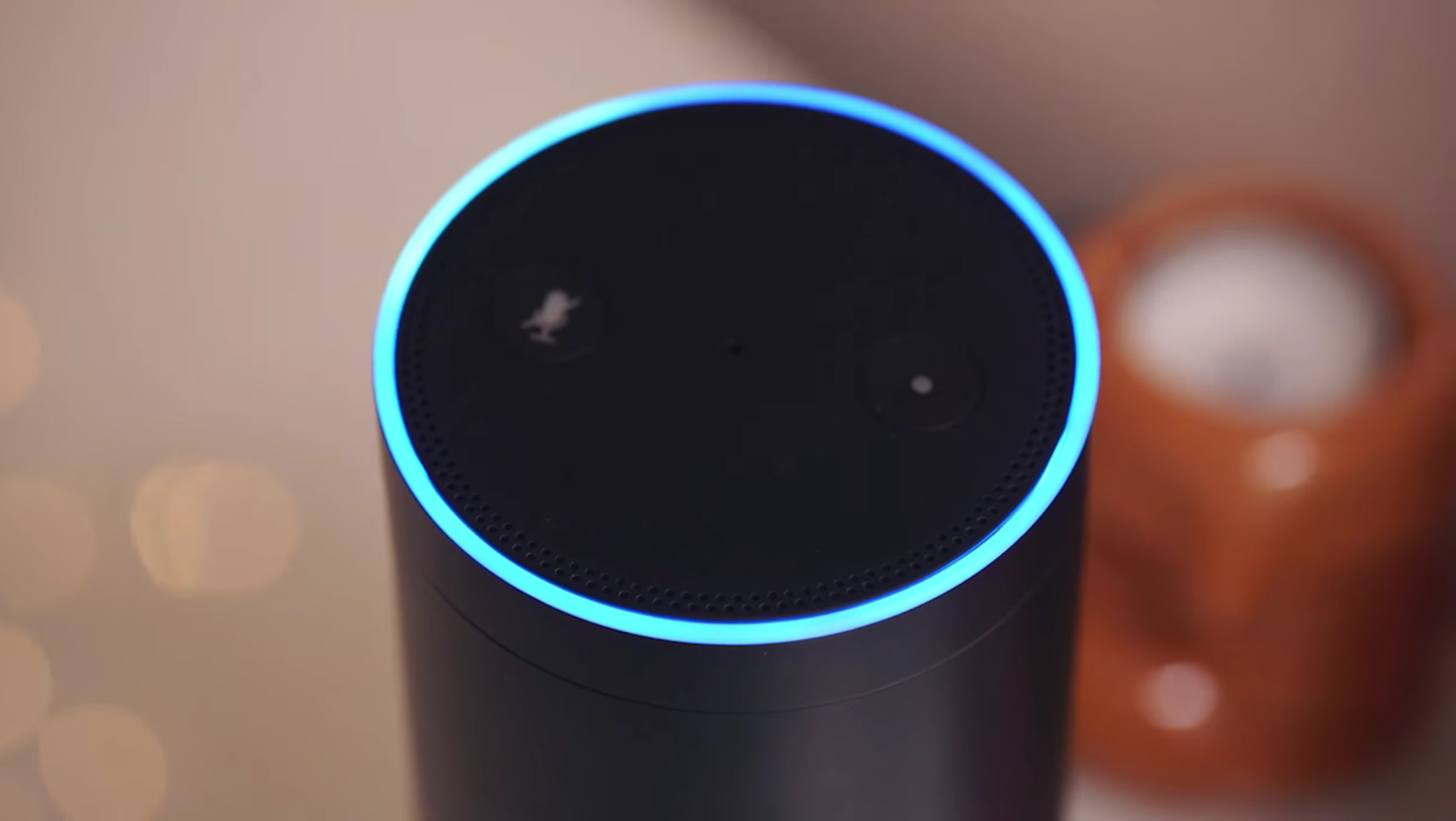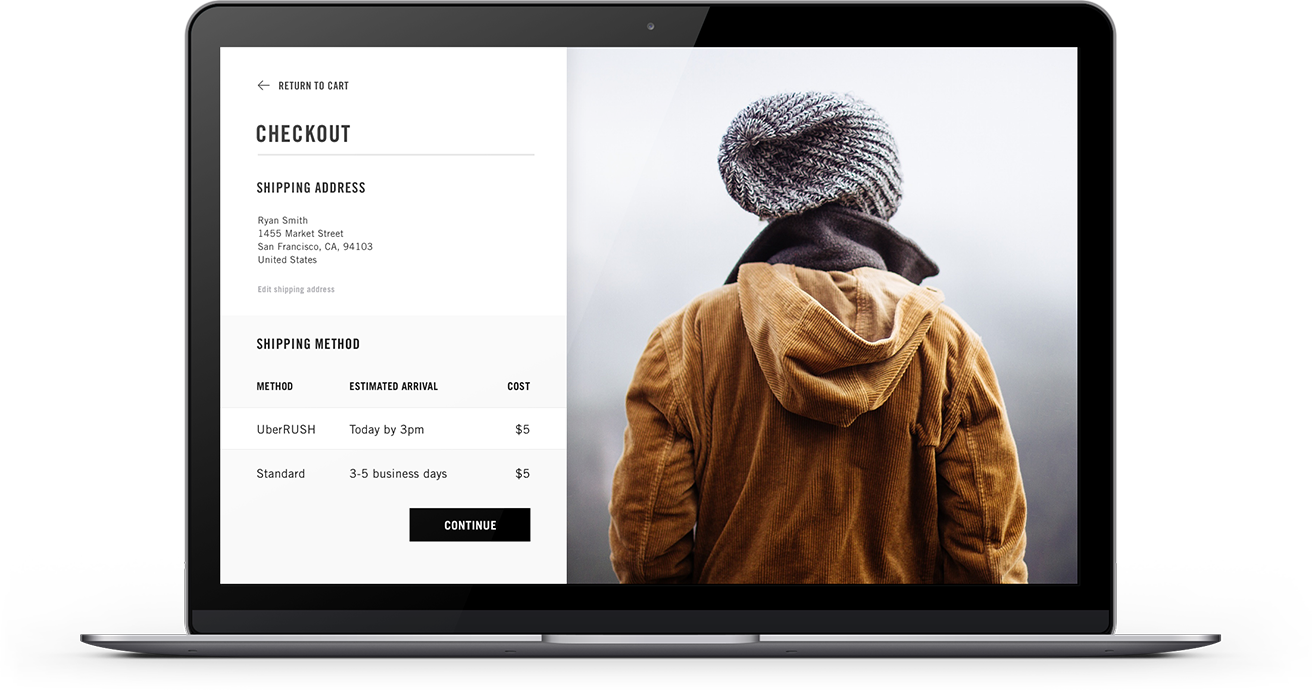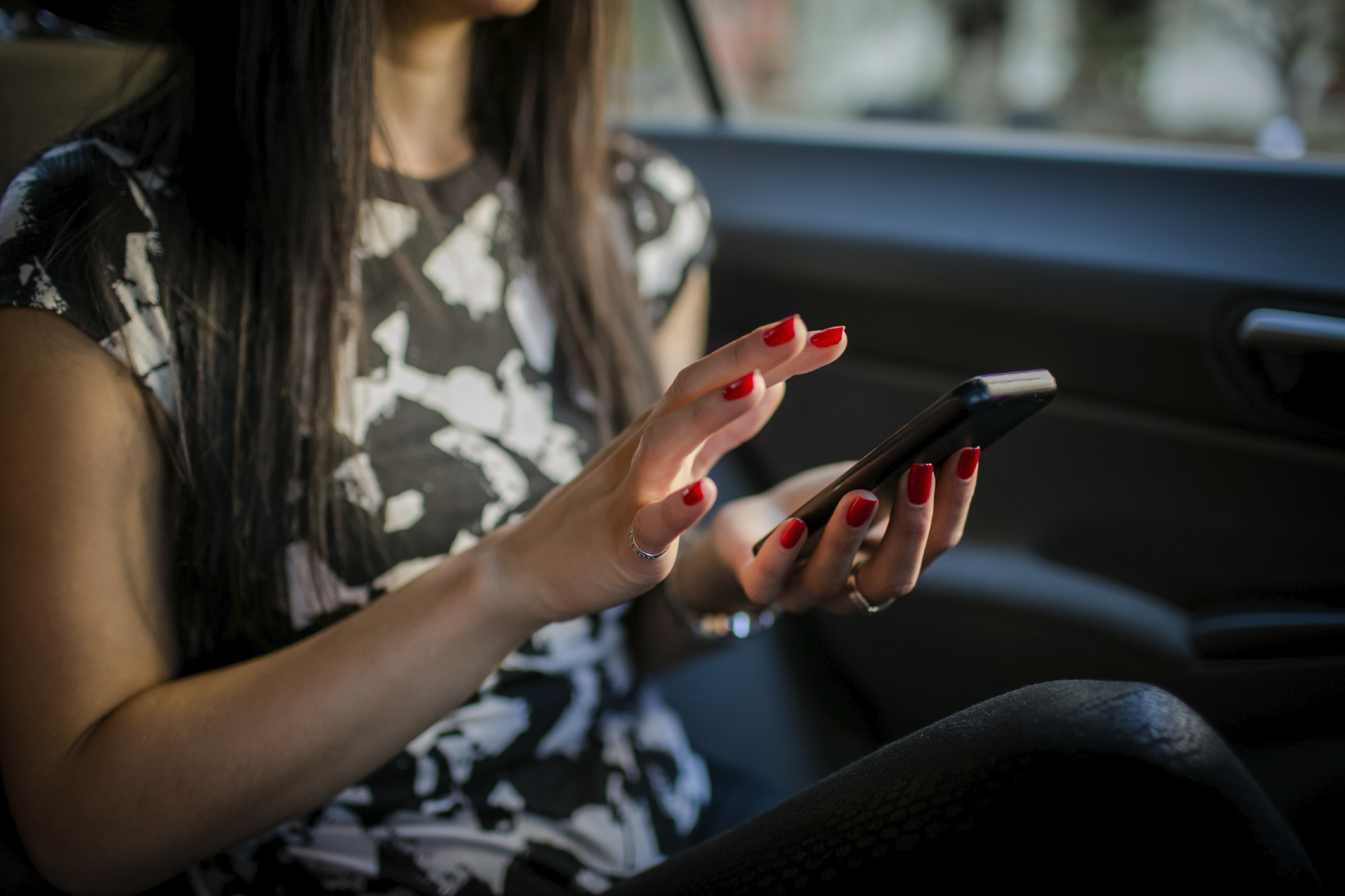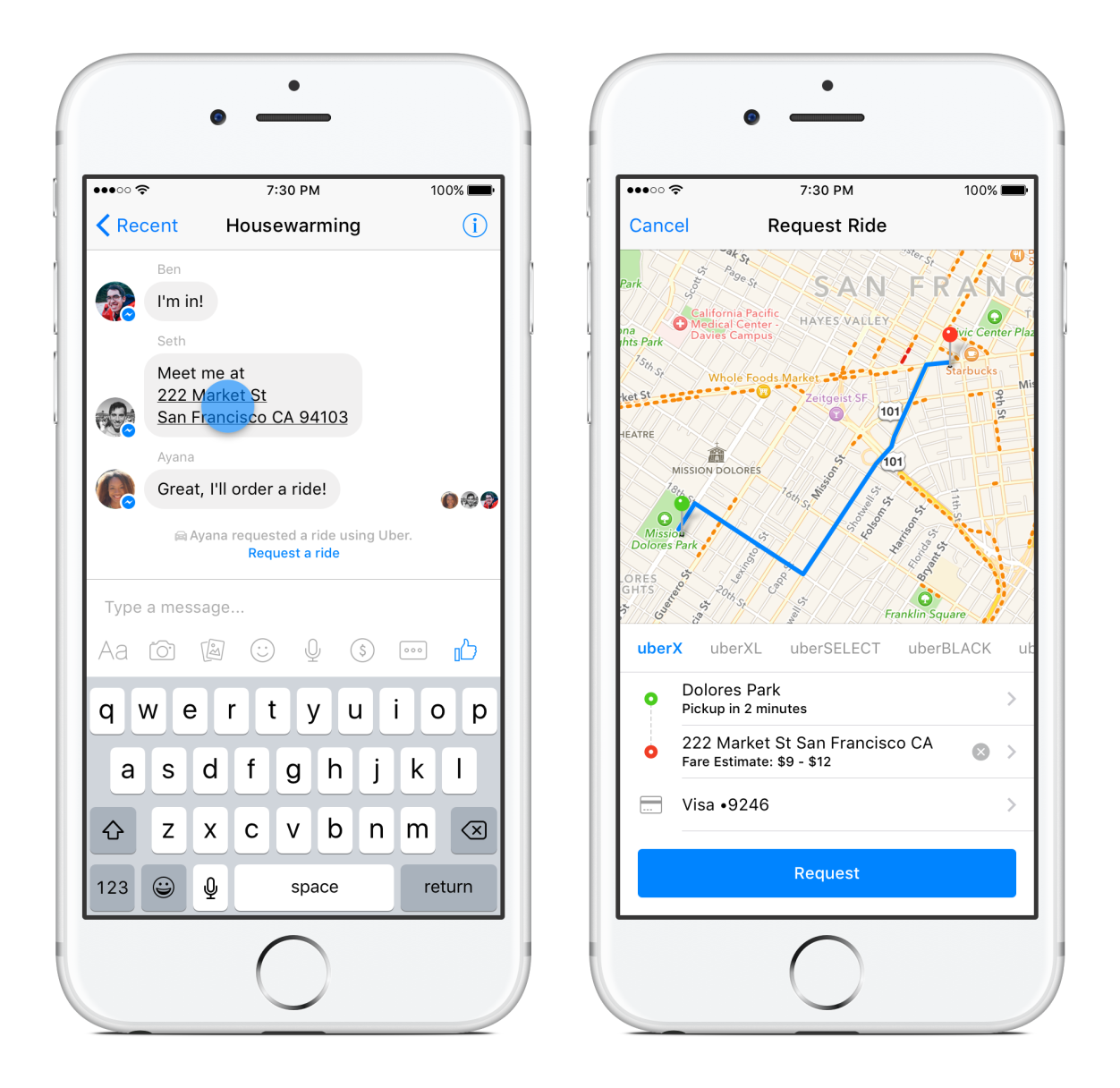What Happened
Uber just opened up its express delivery service UberRush by launching an API for brands and app developers to tap Uber’s army of drivers, bikers, and messengers to deliver goods on demand. The ride-hailing company stated in January that it had started testing the UberRush API in a private beta, and now the service’s API is publicly available to anyone who wishes to include a delivery option in their app.
Moreover, Uber has also introduced a Scheduled Rides feature that allows users to arrange a ride up to 30 days in advance. Scheduled Rides is rolling out in Seattle first, followed by other markets that Uber deems “top business travel cities.” Two weeks ago, Uber rival Lyft started testing scheduled rides in San Francisco, but only for 24 hours in advance.
What Brands Need To Do
Both announcements from Uber point to its determination to extend its service, which also brings new use cases for brands to leverage Uber’s service to improve customer experience. Retailers can take advantage of the public UberRush API to integrate on-demand delivery service into their mobile shopping experience. Although Scheduled Rides are limited to self-arranged pickups for now, it could certainly grow into a great tool for brands to reward their customers and incentivize them to visit stores or attend events.
Source: TechCrunch & The Verge
